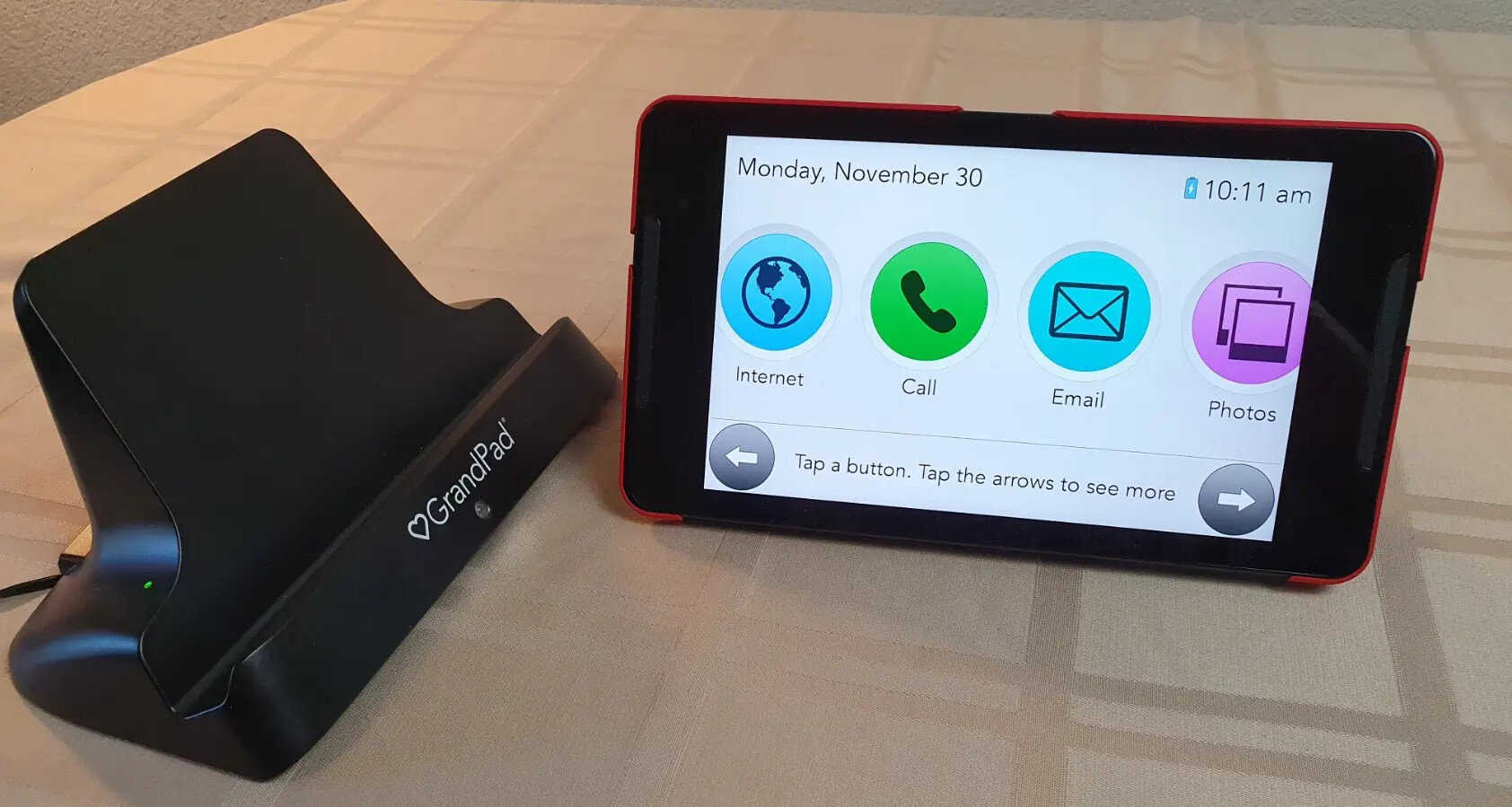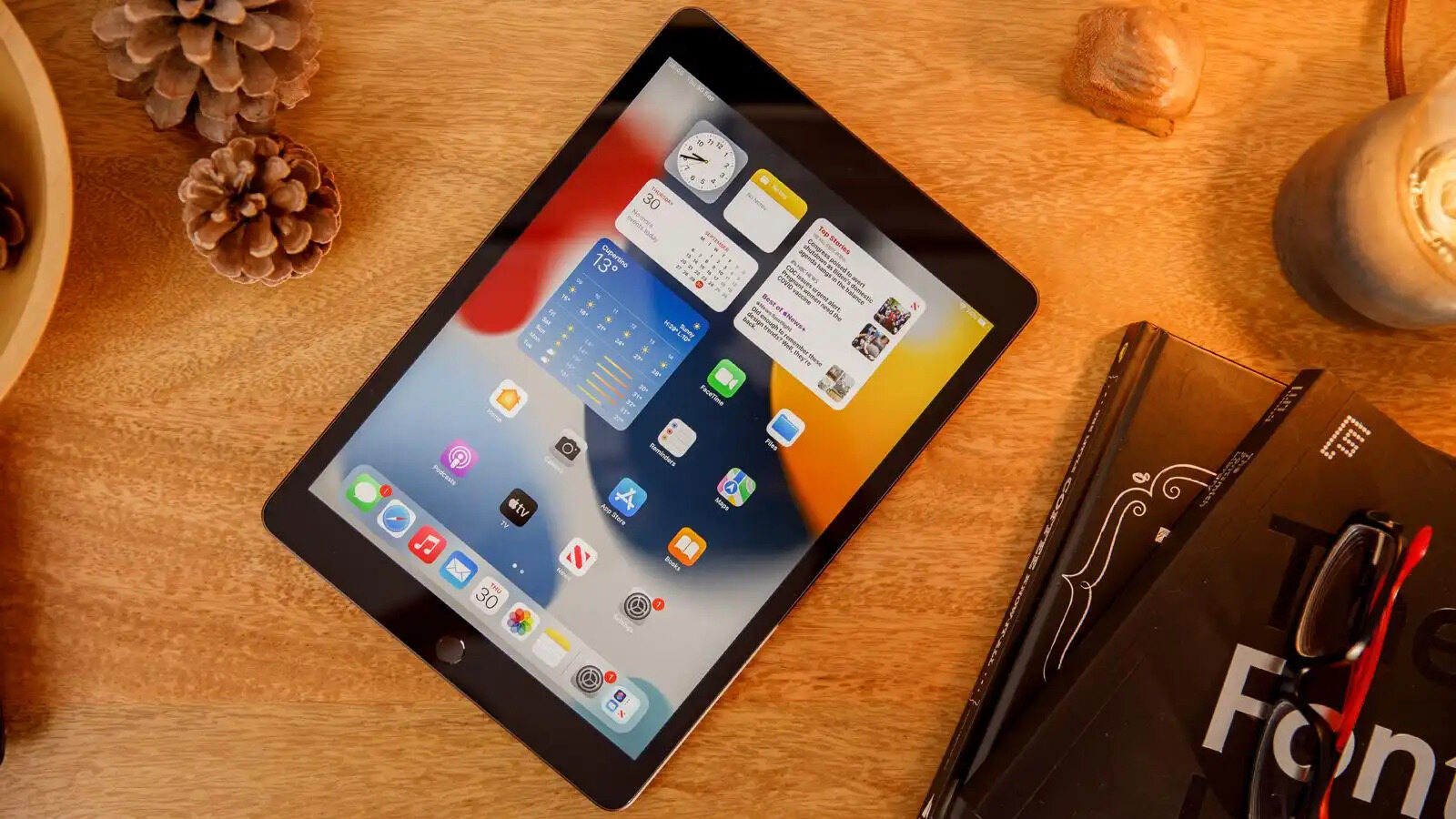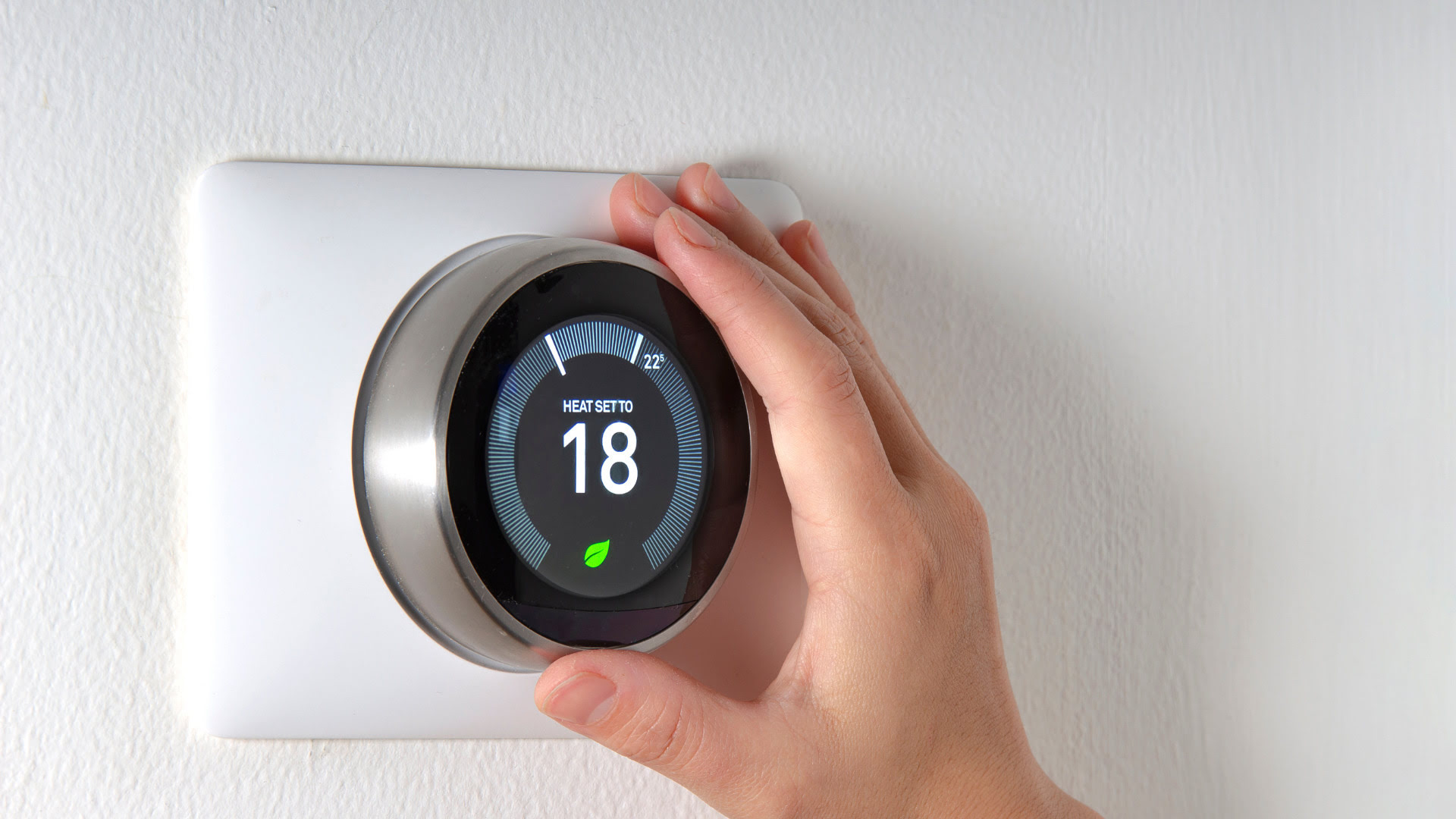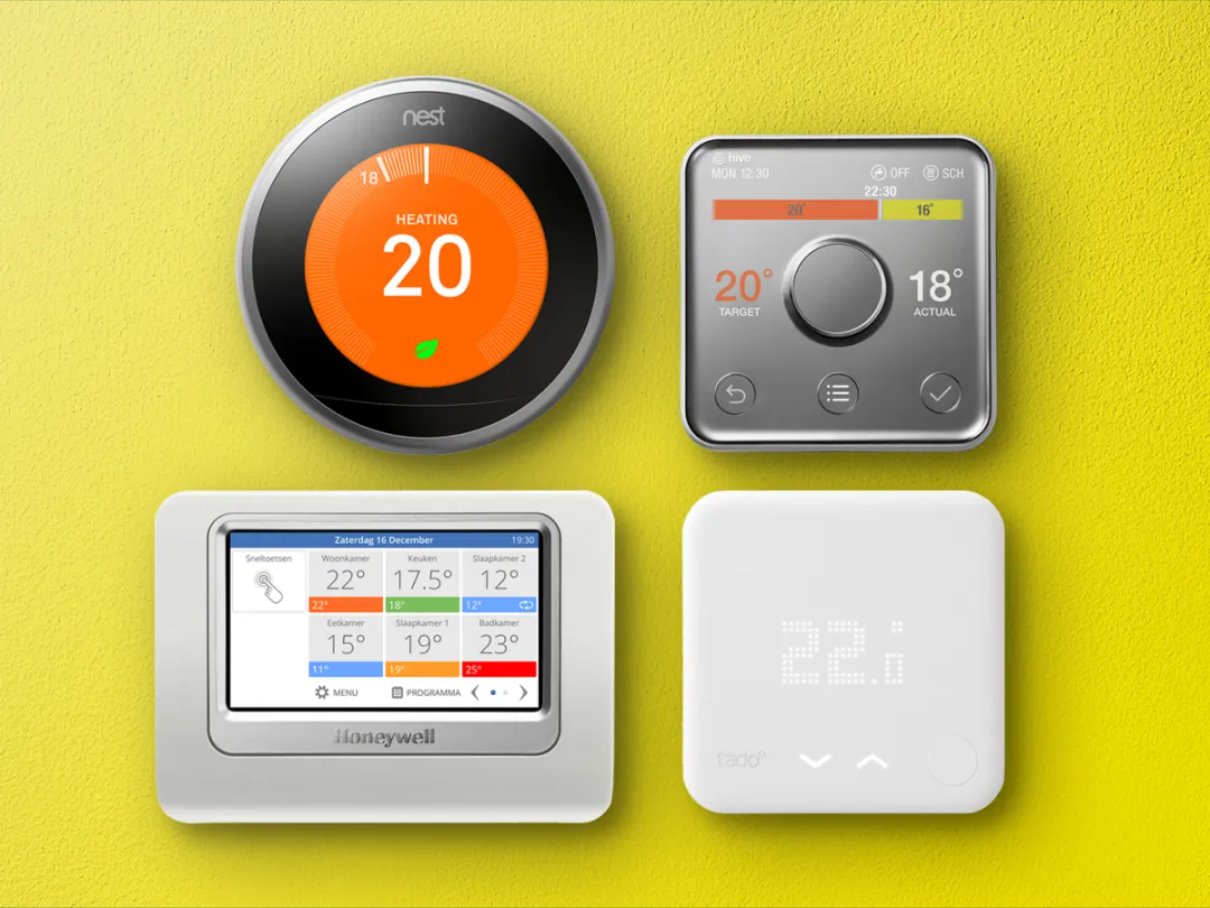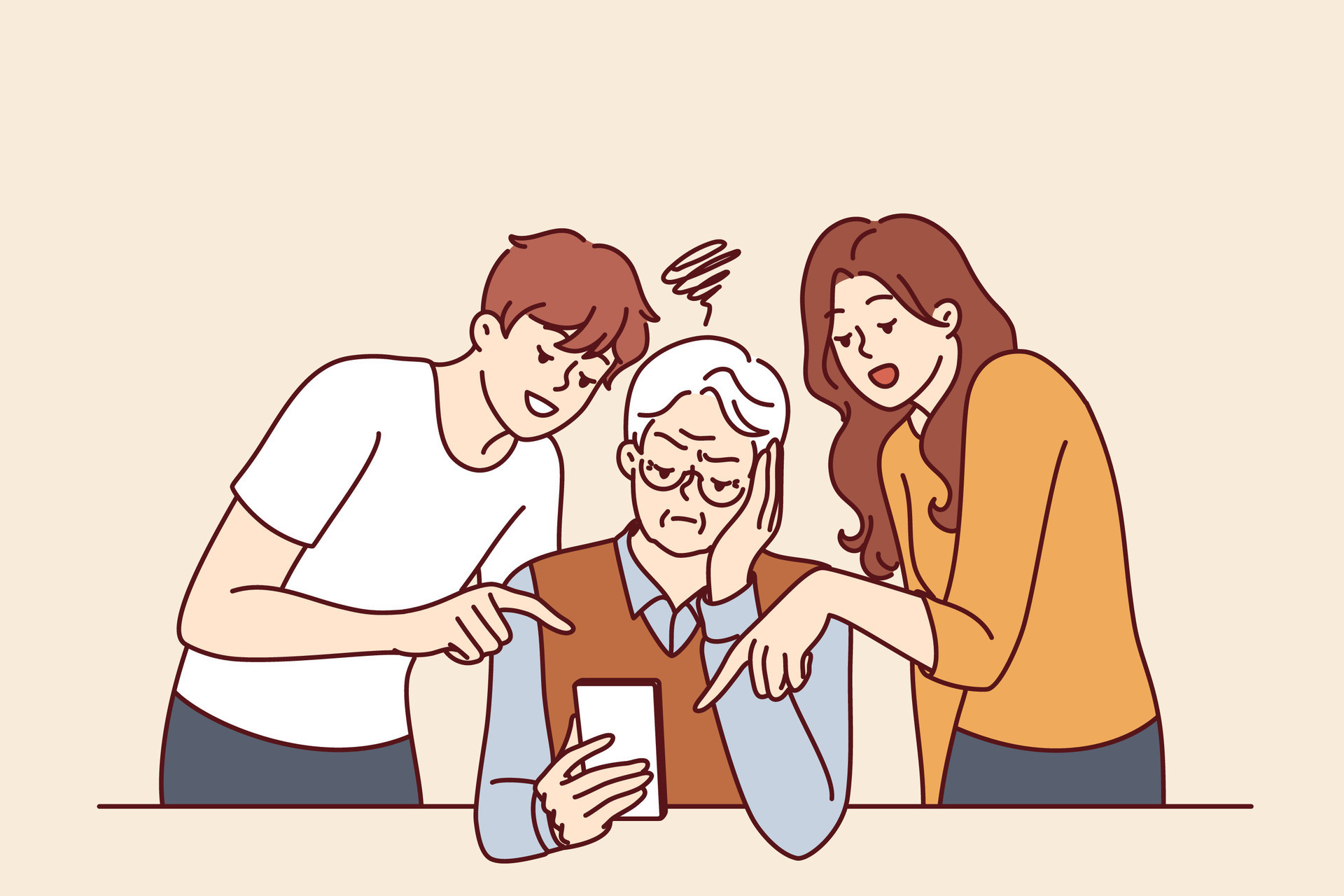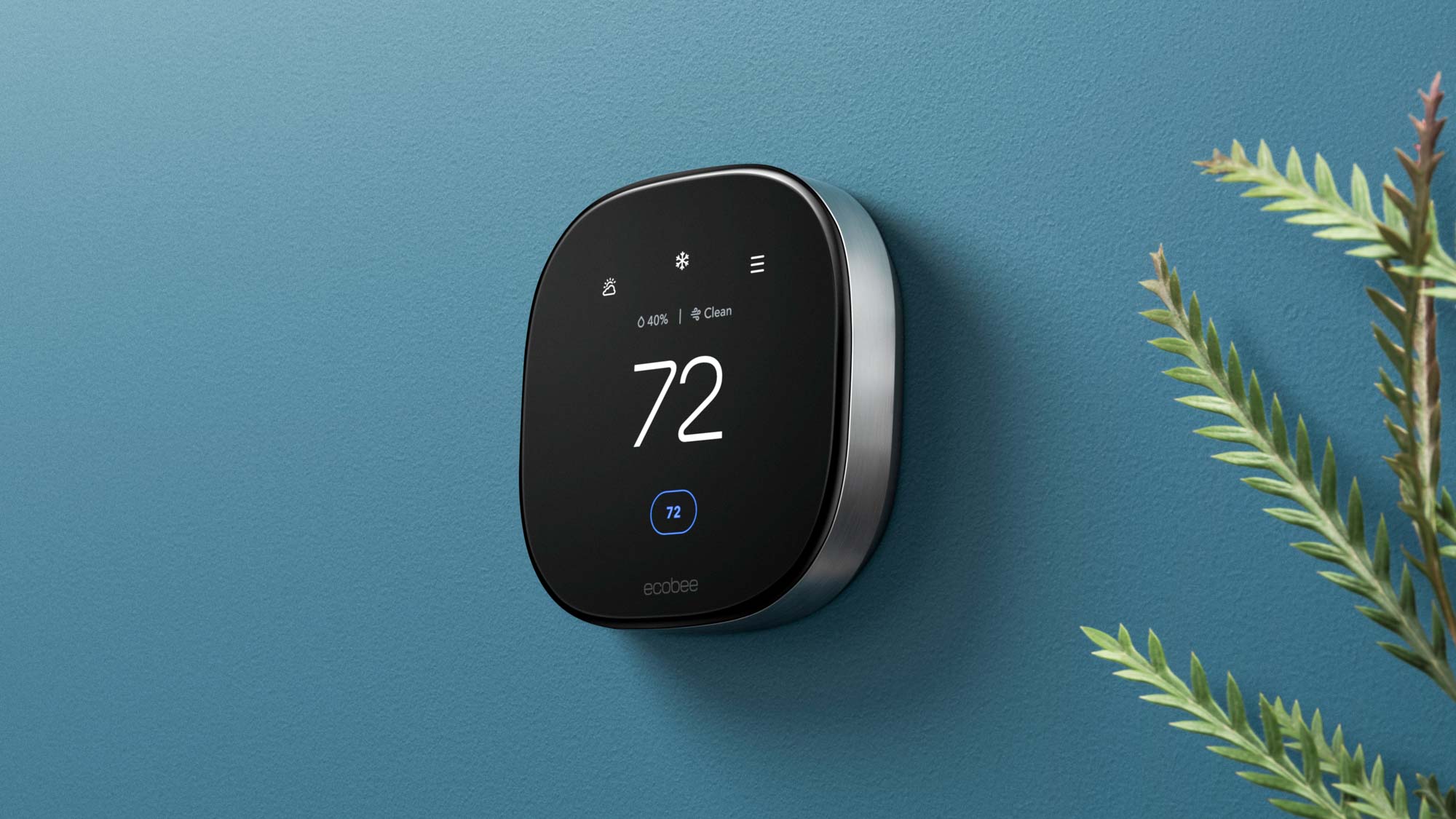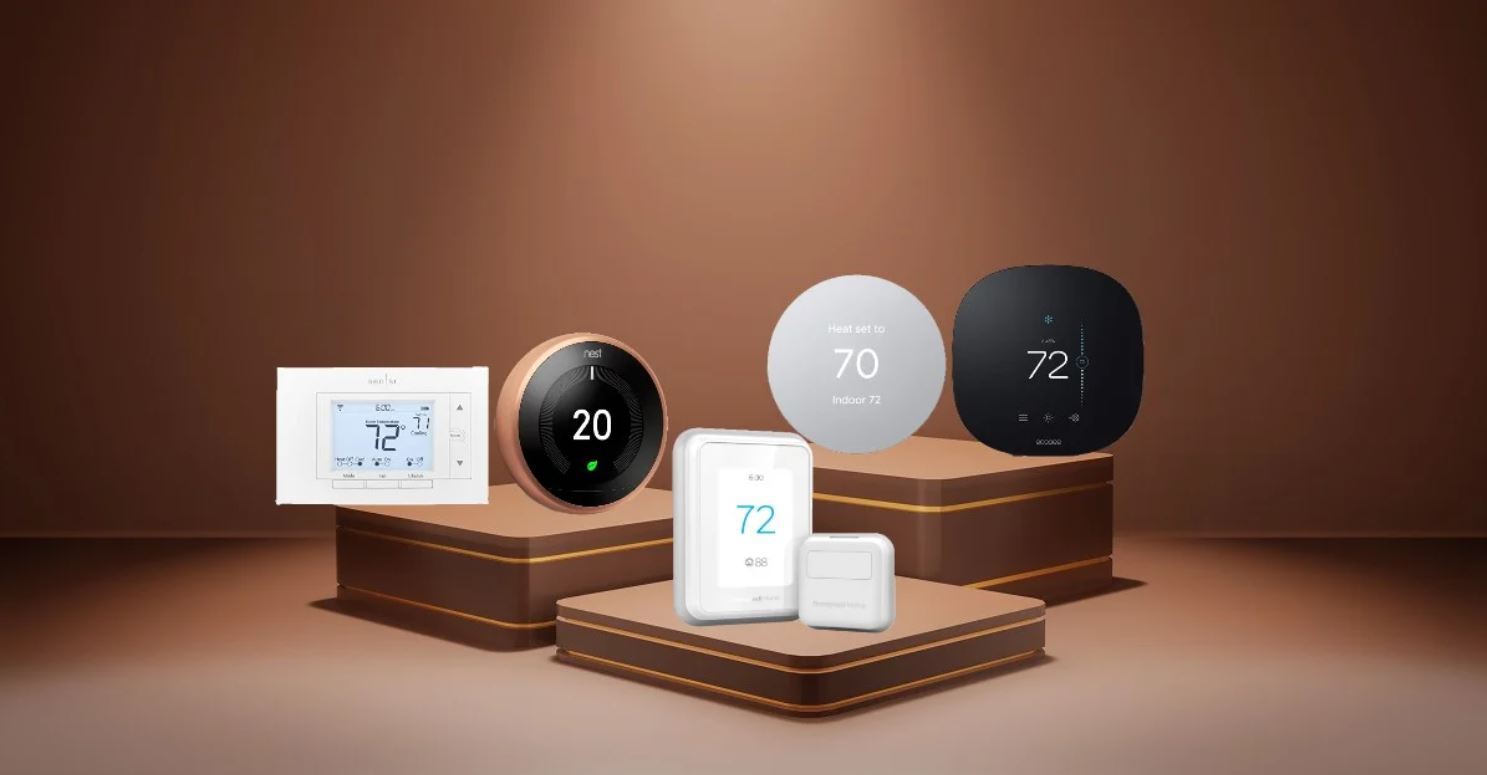Introduction
Tablet devices have become increasingly popular among people of all age groups, including the elderly. With their user-friendly interfaces and versatile features, tablets can offer a range of benefits for senior citizens, from staying connected with loved ones to accessing useful information and entertainment. However, setting up a tablet for an elderly person may require some additional considerations to ensure ease of use and accessibility.
In this guide, we will provide you with valuable tips and step-by-step instructions on how to set up a tablet specifically for the elderly. We will cover everything from choosing the right device to customizing settings and installing essential apps. Whether you’re a caregiver assisting an older adult or you’re an elderly individual looking to explore the world of tablets, this article will serve as a helpful resource to get you started.
By the end of this guide, you will have a clear understanding of how to optimize the tablet’s functionality to suit the needs of the elderly user. From adjusting accessibility settings to configuring email and messaging, we will walk you through each important aspect of the setup process. Additionally, we will provide troubleshooting tips to address common issues that may arise along the way.
It’s important to remember that every individual has unique preferences and requirements, so feel free to tailor the instructions based on the specific needs of the elderly person you are assisting. With patience, guidance, and a little technical know-how, you can help unlock the full potential of a tablet device for the elderly, empowering them to stay connected, engaged, and independent in this digital age.
Choosing the Right Tablet for the Elderly
When selecting a tablet for an elderly individual, it’s important to consider their specific needs and abilities. Here are some factors to keep in mind to ensure that you choose the right device for them:
- Simplicity of Use: Look for a tablet with a user-friendly interface and intuitive navigation. Touchscreens that are responsive and easy to interact with can greatly enhance the usability for seniors.
- Screen Size: Opt for a tablet with a larger screen size, as it provides better readability and visibility for older adults. A 9-10 inch display typically offers a good balance between portability and readability.
- Weight and Portability: Consider the weight and portability of the tablet, especially if the elderly person has mobility issues. A lightweight device that can be easily held and carried is ideal.
- Battery Life: Ensure that the tablet has a long battery life, as older individuals may not always have easy access to charging points. Look for devices with a battery that can last for several hours of use.
- Accessibility Features: Check if the tablet has built-in accessibility features that can be adjusted to accommodate the needs of the elderly user. Features such as text size adjustment, voice-assistants, and magnification options can greatly enhance usability.
- Durable and Sturdy: Consider tablets that are built with durability in mind, as they may be more resistant to accidental drops or spills. Additionally, choosing a device with a protective case can further safeguard against potential damage.
It’s advisable to test out different tablets before making a purchase, if possible. Visit a local electronics store and try out the devices for comfort, responsiveness, and ease of navigation. Consulting with the elderly individual and understanding their preferences and limitations will also help in making an informed decision.
Remember, the goal is to find a tablet that meets the specific needs and abilities of the elderly person. By considering factors such as simplicity, screen size, portability, battery life, accessibility features, and durability, you can choose a tablet that is well-suited for their requirements and provides an enjoyable user experience.
Preparing the Tablet for Use
Once you have chosen the right tablet for the elderly, it’s time to prepare it for their use. Follow these steps to ensure a smooth setup process:
- Charge the Tablet: Before starting, make sure the tablet is fully charged. Connect it to a power source and let it charge until the battery is at 100%. This will ensure uninterrupted setup and usage.
- Power On the Device: Press and hold the power button until the tablet turns on. Follow the on-screen instructions to complete the initial setup process, such as selecting the language, time zone, and accepting the terms and conditions.
- Create or Log In to an Account: Depending on the tablet’s operating system, you may be prompted to create a new account or log in with an existing one. If the elderly person already has an account, help them log in by entering the required credentials.
- Connect to Wi-Fi: To access the internet, connect the tablet to a Wi-Fi network. Go to the settings menu, select Wi-Fi, and choose the appropriate network. Enter the password if required. Ensure that the Wi-Fi connection is stable and reliable.
- Enable Automatic Updates: It’s essential to keep the tablet’s operating system and apps up to date for optimal performance and security. Enable automatic updates in the settings menu to ensure that the device receives the latest updates without manual intervention.
- Set Screen Lock: Protect the tablet and its contents by setting a screen lock. Go to the settings menu, select Security or Lock Screen, and choose a lock method, such as a PIN, pattern, or fingerprint. Help the elderly person set a lock that they can easily remember and use.
- Set Up Backup and Restore: To safeguard data and settings, set up a backup and restore feature. Utilize cloud storage services like Google Drive or iCloud to automatically backup contacts, photos, and other important data from the tablet.
By following these steps, you will ensure that the tablet is properly prepared for use by the elderly individual. Remember to take the time to explain each step to them and answer any questions they may have. As you complete the setup, reassure them that they can always seek your assistance if they encounter any difficulties.
Adjusting Accessibility Settings
To make the tablet more user-friendly and accessible for the elderly person, it’s important to adjust the accessibility settings. These settings can enhance visibility, improve touch sensitivity, and enable voice control. Follow these steps to adjust the accessibility settings on the tablet:
- Text Size and Display: Increase the text size to ensure easy readability. Go to the settings menu, select Display or Accessibility, and adjust the text size slider to a comfortable level. You can also enable bold text and high contrast mode if necessary.
- Screen Magnification: If the elderly person has trouble reading small details on the screen, enable screen magnification. Go to the settings menu, select Accessibility or Vision, and enable the magnification gesture or triple-tap gesture for easy zooming in and out on the screen.
- Touch and Sensitivity: Adjust the touch sensitivity to make it easier for the elderly person to interact with the tablet. Go to the settings menu, select Accessibility or Touch, and modify the touch sensitivity settings to a comfortable level.
- Voice Control: Enable voice control for hands-free operation. Depending on the tablet’s operating system, you may need to activate voice control by going to the settings menu, selecting Accessibility or Voice, and following the instructions to set up voice commands and control.
- Assistive Touch: If the elderly person has difficulty with physical buttons, enable Assistive Touch. This feature creates a virtual button on the screen that performs various functions. Go to the settings menu, select Accessibility or Touch, and enable Assistive Touch to have easy access to gestures and shortcuts.
- Hearing Assistance: Adjust the audio settings to cater to any hearing impairments. Go to the settings menu, select Accessibility or Sound, and enable features like mono audio, audio balance, or subtitles/captions for better sound clarity.
By adjusting the accessibility settings to meet the specific needs of the elderly person, you can greatly enhance their tablet experience. Take the time to discuss these settings with them, demonstrate how they work, and encourage them to explore and experiment with the options to find what works best for them.
Installing Essential Apps
Once the tablet is set up and the accessibility settings are adjusted, it’s time to install essential apps that will enhance the functionality and usefulness of the device for the elderly person. Consider these important apps to install:
- Communication Apps: Install communication apps such as Skype, WhatsApp, or FaceTime to enable video calls with family and friends. These apps can help the elderly person stay connected and reduce feelings of isolation.
- Health and Fitness Apps: Encourage the use of health and fitness apps to help the elderly person track their exercise routines, monitor their health vitals, and stay motivated. Some popular options include MyFitnessPal, Fitbit, or Apple Health.
- Entertainment Apps: Install entertainment apps like Netflix, Amazon Prime Video, or Hulu so the elderly person can enjoy movies and TV shows in their free time. Music streaming apps like Spotify or Apple Music can also provide access to a wide range of music for relaxation or enjoyment.
- News and Information Apps: Install news and information apps like BBC News, CNN, or Flipboard to keep the elderly person updated with the latest news, weather forecasts, and other relevant information.
- Medication Reminder Apps: Help the elderly person stay on track with their medications by installing a medication reminder app. There are various options available, such as Medisafe or Pill Reminder, which send notifications and reminders for medication schedules.
- Brain Games and Puzzle Apps: Install brain games and puzzle apps to help keep the elderly person’s mind active and engaged. Apps like Lumosity, Sudoku, or Words with Friends can provide entertainment while also exercising cognitive abilities.
While these are just a few examples, the choice of apps will depend on the individual interests and preferences of the elderly person. Discuss their hobbies, interests, and needs, and explore the app store together to discover apps that align with their specific interests and goals. Encourage them to try out different apps and find what they enjoy the most.
Don’t forget to explain how to download and install apps from the app store, and demonstrate the process if needed. Also, help the elderly person set up and log in to the installed apps, ensuring they have all the necessary credentials and understand the basic functionalities.
Organizing and Customizing the Home Screen
To make the tablet experience more user-friendly and efficient for the elderly person, it’s important to organize and customize the home screen. Here are some tips to help you with this process:
- Remove Unnecessary Apps: Start by decluttering the home screen. Remove any unnecessary apps that the elderly person is unlikely to use. Long-press on an app icon and select “Uninstall” or “Remove” to delete it from the tablet.
- Create Folders: Group similar apps together by creating folders. Long-press on an app icon, then drag and drop it onto another app to create a folder. Give the folder a name that represents the apps within it, such as “Games” or “Utilities.”
- Arrange Apps by Category:Place the folders or app shortcuts on the home screen and arrange them in a logical order. For example, group communication apps together, entertainment apps in another section, and so on. This organization will make it easier for the elderly person to find and access the apps they need quickly.
- Customize App Icons: Some tablets allow you to customize the appearance of app icons. Check if the tablet’s settings menu has an option to change the app icon shape, color, or size. These visual customizations can make it easier for the elderly person to distinguish between different apps.
- Set a Wallpaper: Choose a visually appealing wallpaper for the home screen. You can use a photo of a loved one, a scenic image, or any other picture that brings joy to the elderly person. A pleasant wallpaper can make the tablet feel more personalized and inviting.
- Add Important Widgets: Widgets are interactive elements that provide quick access to information or app functions. Add widgets such as weather, calendar, or notes to the home screen to provide at-a-glance information for the elderly person.
Remember to involve the elderly person in the customization process, asking for their input and preferences along the way. Ensure that the icons and folders are labeled clearly, using easily readable font sizes and colors. Allow them to familiarize themselves with the new layout and provide guidance on how to navigate the home screen effectively.
Additionally, periodically revisit the home screen arrangement to accommodate any changes in the elderly person’s app usage or preferences. Be open to making adjustments and personalizing the tablet as their needs and interests evolve over time.
Setting Up Email and Messaging
Setting up email and messaging on the tablet is essential for the elderly person to stay connected and communicate with their loved ones. Here’s how you can help them get started:
- Email Setup: Open the email app on the tablet, which is typically pre-installed. Follow the prompts to set up an email account. Enter the elderly person’s email address and password, and the app will automatically configure the email settings. If they don’t have an email account, help them create one by visiting the email service provider’s website.
- Add Contacts: Help the elderly person add their contacts to the tablet so that they can easily send emails or messages. Open the contacts app and either manually enter the contact information or import contacts from an existing email account or phone. Make sure to add names, email addresses, and phone numbers as necessary.
- Messaging Apps: If the elderly person prefers instant messaging apps, install popular messaging apps such as WhatsApp, Facebook Messenger, or iMessage. Help them set up their account and add contacts within the respective apps.
- Helpful Tips: Show the elderly person how to compose, reply, and forward emails in the email app. Guide them on managing their inbox, organizing emails into folders, and using filters to sort messages. Teach them how to attach files or photos to their emails and ensure they understand basic email etiquette.
- Privacy Settings: Remind the elderly person to adjust the privacy settings of their messaging apps and email accounts according to their preferences. Enable security features such as two-factor authentication to protect their accounts from unauthorized access.
Take the time to explain the basics of email and messaging to the elderly person, including how to read and send messages, as well as how to add attachments or use emoticons. Demonstrate the process step-by-step and encourage them to practice sending emails or messages to gain confidence in using these communication tools. Reassure them that you are available to assist with any questions or difficulties that may arise.
By setting up email and messaging on the tablet, you empower the elderly person to stay connected with friends, family, and the wider world. Regular communication through email and messaging not only helps combat feelings of loneliness but also provides a means to share news, updates, and precious memories with loved ones.
Configuring Internet and Wi-Fi Settings
To fully utilize the tablet’s capabilities, it’s important to configure the internet and Wi-Fi settings. This will enable the elderly person to browse the web, access online services, and stay connected. Follow these steps to configure the internet and Wi-Fi settings on the tablet:
- Connect to Wi-Fi: Go to the tablet’s settings menu and select Wi-Fi. Turn on the Wi-Fi toggle switch and wait for the device to detect available networks. Select the desired Wi-Fi network from the list and enter the password if required. Ensure that the Wi-Fi connection is stable and reliable.
- Forget Unwanted Networks: If the tablet has previously connected to multiple Wi-Fi networks, it may be useful to forget unwanted networks that are no longer in use. This will prevent the device from automatically connecting to them. Go to the Wi-Fi settings, select the network, and choose “Forget” or “Remove” to remove it from the saved networks list.
- Enable Wi-Fi Auto-Connect: Some tablets offer an option to enable Wi-Fi auto-connect. This setting ensures that the tablet automatically connects to known networks when they are in range. Enable the feature in the Wi-Fi settings menu to streamline the connection process for the elderly person.
- Configure Proxy Settings: If the elderly person requires a proxy server to connect to the internet, configure the proxy settings in the Wi-Fi settings menu. Enter the necessary information provided by the network administrator or internet service provider.
- Test Internet Connection: After connecting to a Wi-Fi network, test the internet connection by opening a web browser and visiting a website. Ensure that the website loads properly and the browsing experience is smooth. If there are any issues, troubleshoot the Wi-Fi connection or consult the internet service provider.
- Set Data Usage Limit: If the tablet has cellular data capabilities, it may be useful to set a data usage limit to prevent exceeding the monthly data allowance. Go to the settings menu, select Network or Data Usage, and set a limit. Enable warnings or restrictions when nearing the data limit to avoid unexpected charges.
By configuring the internet and Wi-Fi settings on the tablet, you provide the elderly person with access to a wealth of information and online services. Be sure to explain the importance of internet security and safe browsing practices, such as avoiding suspicious websites or clicking on unknown links, to ensure a positive online experience.
Regularly check the Wi-Fi and internet connection to ensure it remains stable and reliable. And remember, if the elderly person encounters any difficulties or concerns related to internet connectivity, provide them with ongoing support and troubleshooting assistance.
Managing and Syncing Contacts
Managing and syncing contacts on the tablet is essential for the elderly person to conveniently stay in touch with their family, friends, and acquaintances. Here’s how you can assist them in managing and syncing their contacts:
- Add Contacts Manually: Open the contacts app on the tablet and select the option to add a new contact. Enter the person’s name, phone number, email address, and any other relevant information. Ensure the elderly person understands how to fill in the contact details accurately.
- Import Contacts: If the elderly person already has contacts saved on another device or in a digital format, help them import those contacts to the tablet. This can usually be done through the settings menu of the contacts app, where there is an option to import contacts from various sources such as SIM card, email accounts, or cloud storage services.
- Merge Duplicate Contacts: Over time, duplicate contacts may accumulate in the contacts app. Help the elderly person identify and merge duplicate contacts to ensure a streamlined and organized contacts list. This can often be done within the contacts app itself, either manually or through an automated merge option.
- Organize Contacts into Groups: Assist the elderly person in organizing their contacts into groups based on relationships, interests, or any other relevant categories. This can help them locate specific contacts more easily. Open the contacts app, create new groups, and assign contacts to respective groups.
- Sync Contacts across Devices: If the elderly person uses multiple devices, such as a smartphone and tablet, help them sync their contacts across these devices. This can be done by enabling contact syncing through the device settings or by using a cloud-based service like Google Contacts or Apple iCloud.
- Backup Contacts: Ensure that the elderly person’s contacts are regularly backed up to prevent data loss. Utilize cloud storage services or the contacts app’s built-in backup feature to create periodic backups of the contacts list. This provides peace of mind knowing that their contacts are safe and can be easily restored if needed.
Regularly check the contacts list with the elderly person to ensure its accuracy and completeness. If they encounter any difficulties in managing or syncing their contacts, offer ongoing assistance and support. Remind them of the importance of keeping contact information up to date, especially for emergency purposes and staying connected with loved ones.
By effectively managing and syncing contacts on the tablet, the elderly person can maintain a well-organized and readily accessible contacts list, allowing them to communicate effortlessly with their network of connections.
Configuring Security and Privacy Settings
Configuring the security and privacy settings on the tablet is crucial to protect the elderly person’s personal information and ensure a safe digital experience. Here’s how you can help them configure their security and privacy settings:
- Passcode or Biometric Authentication: Set up a passcode or enable biometric authentication, such as fingerprint or facial recognition, to secure the tablet. Go to the settings menu, select Security or Lock Screen, and choose the preferred security method. Encourage the elderly person to create a strong, unique passcode that they can remember.
- App Permissions: Review and manage app permissions to control what personal information the apps can access. Go to the settings menu, select Apps or Application Manager, and then choose the app to review its permissions. Disable any permissions that the elderly person is not comfortable granting to the app.
- Keep Software Up to Date: Enable automatic system updates in the settings menu to ensure that the tablet receives the latest security patches and bug fixes. Regularly check for and install updates to the tablet’s operating system and apps to maintain optimal security.
- Secure Wi-Fi Connections: Educate the elderly person on the importance of connecting to secure Wi-Fi networks. Encourage them to avoid connecting to public or unsecured networks that may put their personal information at risk. Explain the potential risks involved, such as data interception or unauthorized access.
- Secure Browsing: Help the elderly person enable safe browsing features on their preferred web browser. Enable options like phishing protection, pop-up blockers, and Do Not Track to minimize online threats and protect their privacy while browsing the internet.
- Manage Location Services: Review and manage location services for apps that request access to the device’s location information. Go to the settings menu, select Location or Privacy, and customize which apps can access the device’s location data. Help the elderly person understand when and why they should grant access to their location.
- Review Privacy Settings: Assist the elderly person in reviewing and adjusting their privacy settings. Guide them through the settings menu to configure options related to data sharing, personalized ads, and app permissions. Ensure they are comfortable with the level of privacy they have set.
- Use Trusted App Sources: Advise the elderly person to download apps only from trusted sources such as the official app store for their device. Educate them about the potential risks of downloading apps from unfamiliar or third-party sources, which may contain malware or other security threats.
Regularly check and update the security and privacy settings on the tablet. Remind the elderly person to remain cautious while using the device and to report any suspicious activities or concerns to you or a trusted caregiver. Empower them to take control of their digital security by understanding the importance of strong passwords, safe browsing habits, and responsible app usage.
By configuring the security and privacy settings on the tablet, you ensure that the elderly person’s personal information remains secure and their online experience is protected from potential threats and privacy breaches.
Troubleshooting Common Issues
While tablets are designed to be user-friendly, it’s common to encounter certain issues or challenges along the way. Here are some common problems that the elderly person may face with their tablet, along with troubleshooting steps to resolve them:
- Screen Unresponsive: If the screen becomes unresponsive or does not register touch, try restarting the tablet by pressing and holding the power button. If the issue persists, ensure that the screen is clean and free from dirt or moisture. If necessary, use a microfiber cloth to gently clean the screen.
- Wi-Fi Connectivity Problems: If the tablet is having trouble connecting to Wi-Fi or maintaining a stable connection, first ensure that the Wi-Fi router is working properly. Restart the router and try reconnecting to the Wi-Fi network. If the issue persists, forget the Wi-Fi network on the tablet and reconnect to it.
- App Crashes or Freezes: If an app crashes or freezes, close the app and relaunch it. If the problem persists, clear the app’s cache or uninstall and reinstall the app. Additionally, ensure that the tablet’s operating system and apps are up to date, as outdated software can contribute to app instability.
- Battery Drain: If the tablet’s battery drains quickly, check for battery-draining apps running in the background. Close any unnecessary apps and disable features like Bluetooth or location services when not in use. Lowering the screen brightness and enabling battery-saving mode can also help extend battery life.
- Charging Issues: If the tablet is not charging properly, check the charging cable and adapter for any damage. Ensure that they are securely connected, and try using a different charging cable or adapter if available. Clean the charging port with a soft brush or compressed air to remove any debris that may be blocking the connection.
- App Compatibility Problems: If an app is not working correctly or shows compatibility issues, check if the app is compatible with the tablet’s operating system version. Contact the app developer or visit the app’s support website for troubleshooting guidance. Alternatively, search for alternative apps with similar functionality that are compatible with the tablet.
- Storage Full: If the tablet’s storage is full, delete unnecessary files, photos, or apps to free up space. Consider transferring files to cloud storage or an external storage device. Alternatively, invest in a microSD card to expand the tablet’s storage capacity.
Encourage the elderly person to reach out to you or a trusted caregiver for assistance in troubleshooting these issues. It’s important to provide patient guidance and support, making sure they feel comfortable approaching you with any concerns or difficulties they may encounter.
By troubleshooting common issues, you can help the elderly person overcome technical challenges, ensuring that their tablet usage remains enjoyable and problem-free.
Conclusion
Setting up a tablet for the elderly can open up a world of possibilities for staying connected, accessing information, and enjoying various forms of entertainment. By following the steps outlined in this guide, you can ensure that the tablet is tailored to the specific needs and preferences of the elderly person in your care.
Choosing the right tablet that offers simplicity of use, a suitable screen size, and durability is the first important step. Once the tablet is selected, preparing it for use by charging the device, configuring the initial settings, and connecting to Wi-Fi are essential actions to ensure a smooth setup process.
Adjusting accessibility settings is crucial to enhancing the tablet’s usability for the elderly person, allowing for better visibility, touch sensitivity, and voice control. Installing essential apps based on their interests and needs, organizing the home screen, and setting up email and messaging services will enhance their tablet experience further.
Configuring internet and Wi-Fi settings, managing and syncing contacts, and ensuring the security and privacy of the device are important for maintaining a safe and connected digital experience. Troubleshooting common issues and providing ongoing support will help the elderly person overcome any technical challenges they may encounter along the way.
Remember to be patient, understanding, and offer continued guidance as the elderly person adapts to their new tablet. Regularly check in with them, answer their questions, and address any concerns they may have.
With the right setup, the tablet can become a valuable tool in the elderly person’s daily life, providing them with opportunities for social engagement, entertainment, staying informed, and much more. By empowering them with the knowledge and skills to use the tablet effectively, you are helping to enhance their overall well-being and quality of life in the digital age.







